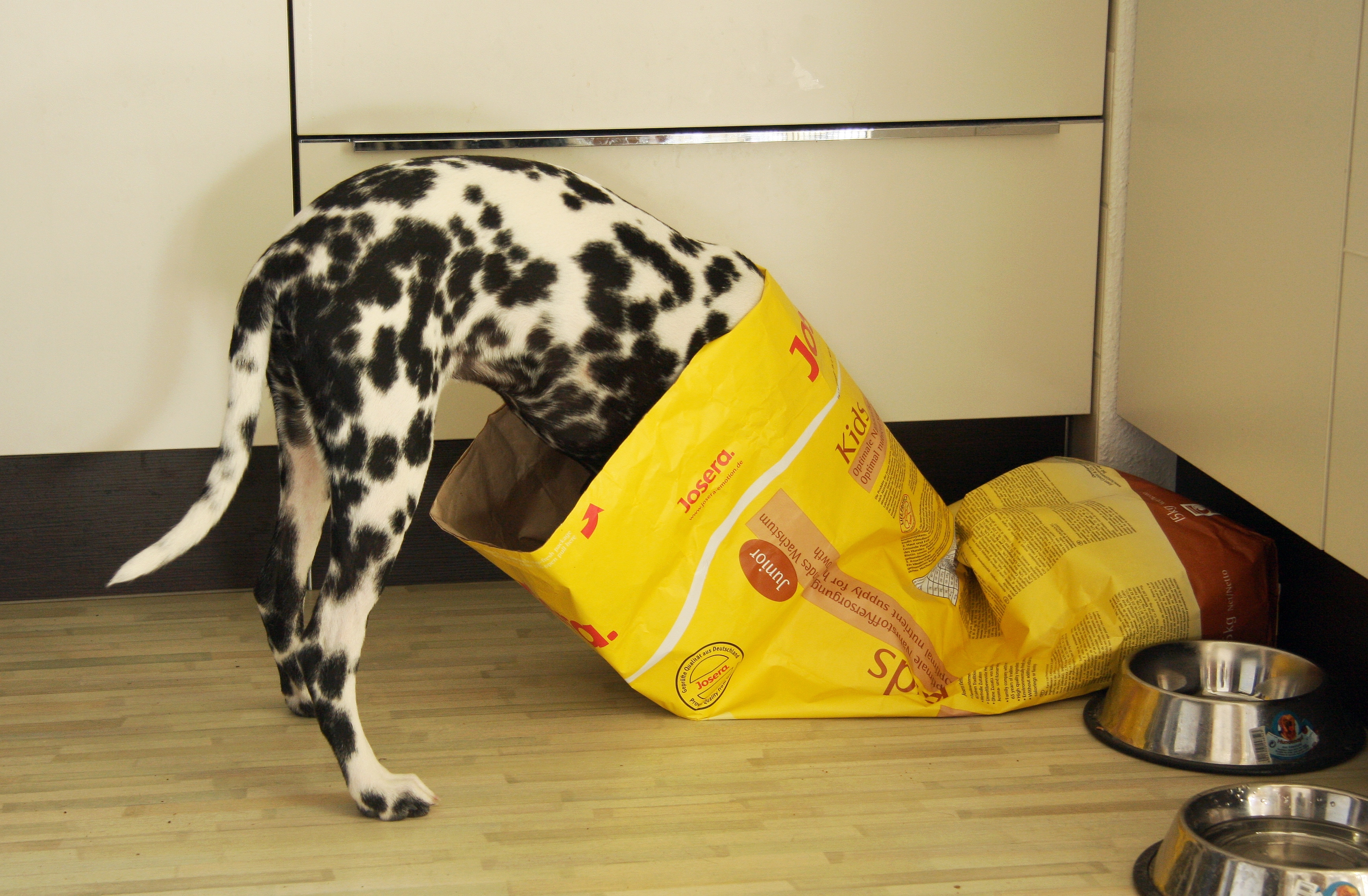Despite Consumer
Reports claims that all dog food is alike, dog owners and veterinarians bed
to differ. There is even a medical
condition in dogs called generic dog food dermatosis, where dogs fed only the
cheapest dog food possible developed skin problems. Healthier ingredients make for healthier
dogs.
With dog food, you pay for what you get. So what do you get in the best dog food? Check the ingredients label and look for
recognizable foods, including natural proteins such as chicken, chicken meal, oatmeal,
sweet potatoes or soybeans. The first
ten ingredients are the most important to pay attention to as these take up
most of the food content.
Meat Proteins: What
they Aren’t
The best natural proteins in dog food will specifically list
out what animal the meat is from. It
will not read meat, animal fat, animal
digest or animal protein. Those
could be a blend of just about anything, including hair, beaks, horns and
feces. Not only do these ingredients not
contain the nutrients dogs need to maintain healthy bodies, but these
ingredients could be harvested in less than sanitary conditions, such as the
sweepings off of an abattoir floor.
Good dog food protiens also will not have the word “flavor”
added to it. For example, one popular
grocery store soft dog treat’s first ingredient is beef and cheese flavor. That’s just a powder that may make the food
taste like beef and cheese, but does not contain the nutrients or protein that
beef or cheese does.
Plant Proteins
Dogs, like people, are omnivores. Pet dogs have successfully transferred to
vegetarian, but not vegan, diets. As any
dog owner that has watched her pet eagerly scarf down cat poop can tell you,
dogs are not too finicky about their food and whether it contains meat or kitty
litter. Dogs just want their bellies
filled. But they are best off eating 30
to 60% protein in their daily diets.
So, if you do choose to buy vegetarian foods for your dog
(or if you see these ingredients listed in your meaty dog food) then you know
that there is nutritious protein in the food.
These include eggs, yogurt, soybeans, sweet potatoes, pea protein, oatmeal,
pearl barley and other whole grains (not flour). Although vegan foods are sold for dogs, they
tend to be weak in protein, notes Eco Dog: Healthy Living For Your Pet. (Chronicle Books; 2008.)
A few teaspoons of cottage cheese, fresh plain yogurt or
cooked eggs (never raw) can help give your vegetarian dog the protein she
needs.
References
“Skin Diseases of the Dog and Cat: Clinical and Histopathologic
diagnosis.” Thelma Lee Gross. Wiley-Blackwell; 2005.
“Eco Dog: Healthy Living For Your Pet.” Corbett Marshall , et al. Chronicle Books; 2008.
“The Whole Dog Journal’s Guide to Feeding Your Dog.” Nancy
Kerns, et al. Belvoir Media Group; 2009.

